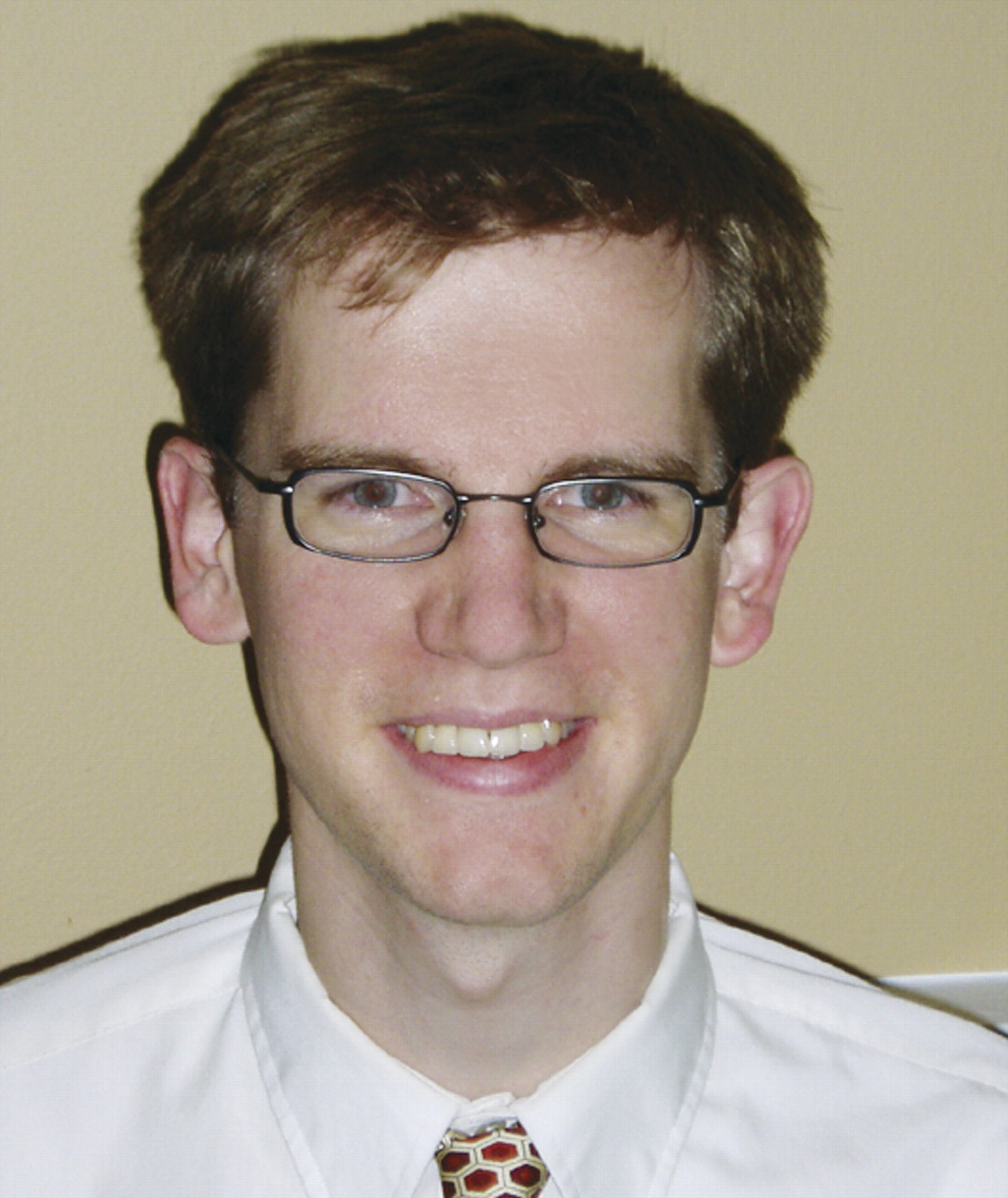Effective Advocacy Should Motivate Residents to Join AMA

Two years ago, Jeremy Lazarus, M.D., psychiatrist and vice speaker of the AMA House of Delegates, gave a lively presentation at the APA annual meeting on the importance of advocacy as a core competency. The presentation was aimed primarily at residency directors.
Then a PGY-3 sitting on the sidelines for his presentation, I heard residency directors puzzling over how to add advocacy to the residency curriculum. Since hearing Dr. Lazarus's presentation, though, some thoughts about training for advocacy have been percolating in my mind.
For three years, I've been fortunate to represent the American Academy of Child and Adolescent Psychiatry (AACAP) in the AMA's Resident and Fellow Section (RFS). I initially had some level of discomfort with the conservative reputation of the AMA, but I realized that change must come from within the organization. I was excited to see that physicians were already pointing the House of Medicine in new directions.
As I have spent more time in the RFS and been able to see the work of psychiatry's representatives in the AMA House of Delegates, I have come to see the power of a unified voice representing all physicians. This power is most dramatically brought to bear upon issues that affect the entire profession, such as Medicare reimbursement and medical liability reform.
Over the past year, I was able to see firsthand another example of the AMA and allied specialty societies speaking with a unified voice. As the Roper v. Simmons case on the death penalty for adolescents approached the Supreme Court, I developed a resolution in the RSF that asked the AMA to oppose executing juveniles. I found co-sponsors for the resolution, including David Huang, M.D., a psychiatry resident who was the chair of the Texas Medical Association Resident and Fellow Section. I also found support from the Resident Section of the American Academy of Pediatrics.
As we moved forward with the resolution, it came to light that the American Academy of Pediatrics did not have official policy on this issue. The Resident Section's support pushed that organization to issue an official policy statement opposing the juvenile death penalty. In the end, the AMA signed on to a joint amicus brief with AACAP and APA that argued against executing juveniles. The voice of physicians in multiple specialties speaking together weighed heavily on the decision rendered by the Supreme Court, which cited a number of the references from the amicus brief in its majority opinion.
The AMA has also had a major impact on the training experience of residents. The efforts of the RFS and the AMA in support of residents tilted the tables toward work-hour reform by the Accreditation Council for Graduate Medical Education. The 80-hour workweek was a change that almost every physician knew made sense, but until residents found their voice as advocates, the old system of q3 call and sleep deprivation went ahead unchecked.
Another example of the AMA's power is scope-of-practice legislation, where the AMA works with state medical societies to educate legislatures.
The unified response of local physicians is crucial when legislators experience a barrage of lobbying from psychologists seeking prescribing privileges. The advocacy and presence of psychiatrists in local and state medical societies remind our fellow physicians (and ourselves) of our place in the House of Medicine.
The AMA has extensive outreach efforts to residents, including fellowships that fund trips to Washington, D.C., in March for Lobby Day.
Two years ago, a resident parlayed a Lobby Day conversation into a role drafting health care policy for Sen. Joseph Lieberman's campaign to win the Democratic nomination for president in 2004. The RFS also has a two-day meeting preceding each meeting of the AMA House of Delegates. The interim meeting in November included seven psychiatry residents.
For residents, the decision to join the AMA should be an easy one. We can join for only $40 a year if we sign up for the duration of residency. As an added bonus, AMA resident members receive both JAMA and the Archives of General Psychiatry. For only $40, we can learn to engage in the issues in medicine and in psychiatry, helping to educate the public and politicians about the issues that we see firsthand in our daily practices. We can enjoy the fellowship of physicians of all specialties. We can assume positions of leadership, like Michelle Nichols, M.D., a psychiatry resident at Washington University, who is serving on the Governing Council of the AMA RFS. We can begin to learn advocacy as a core competency. ▪



